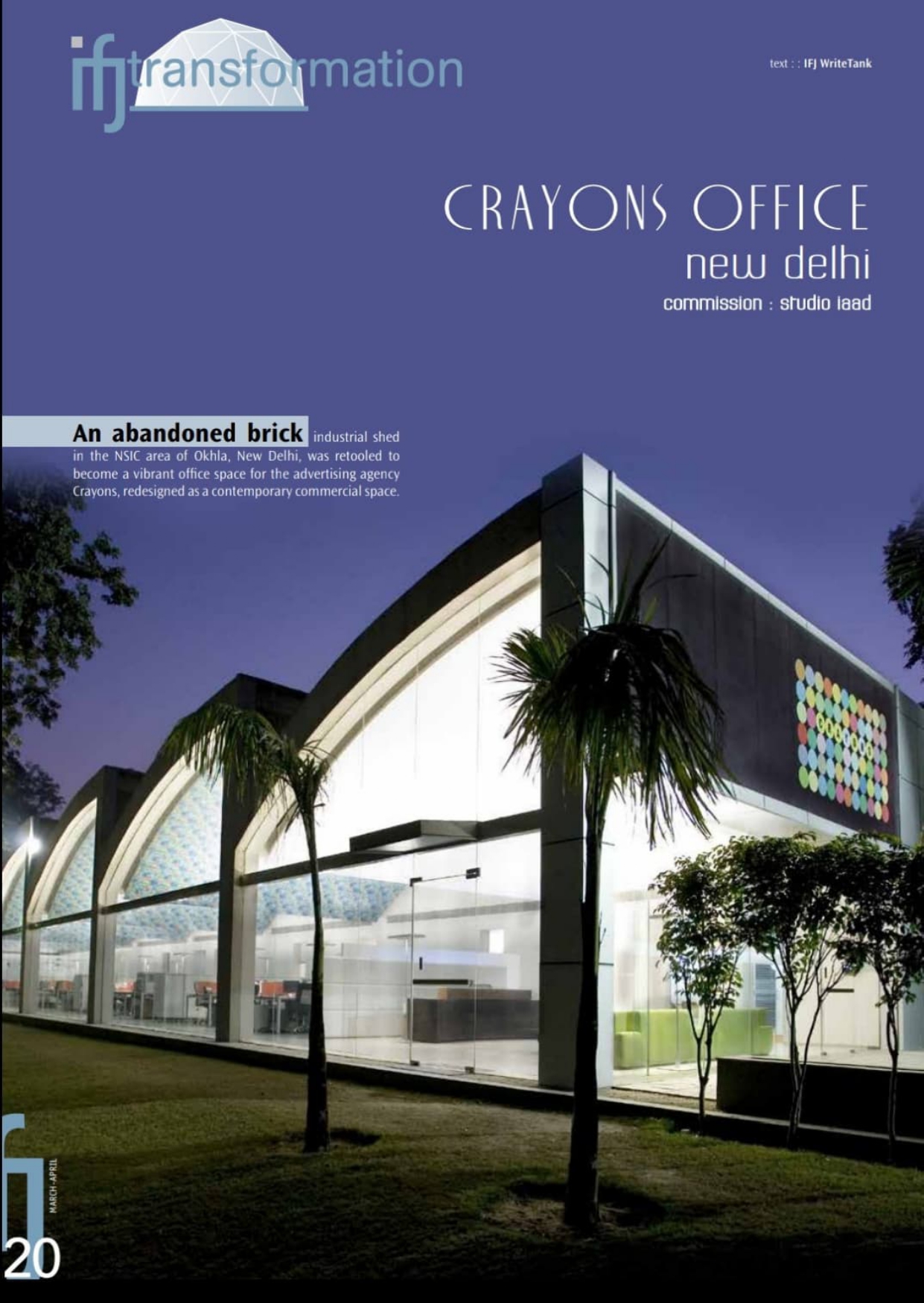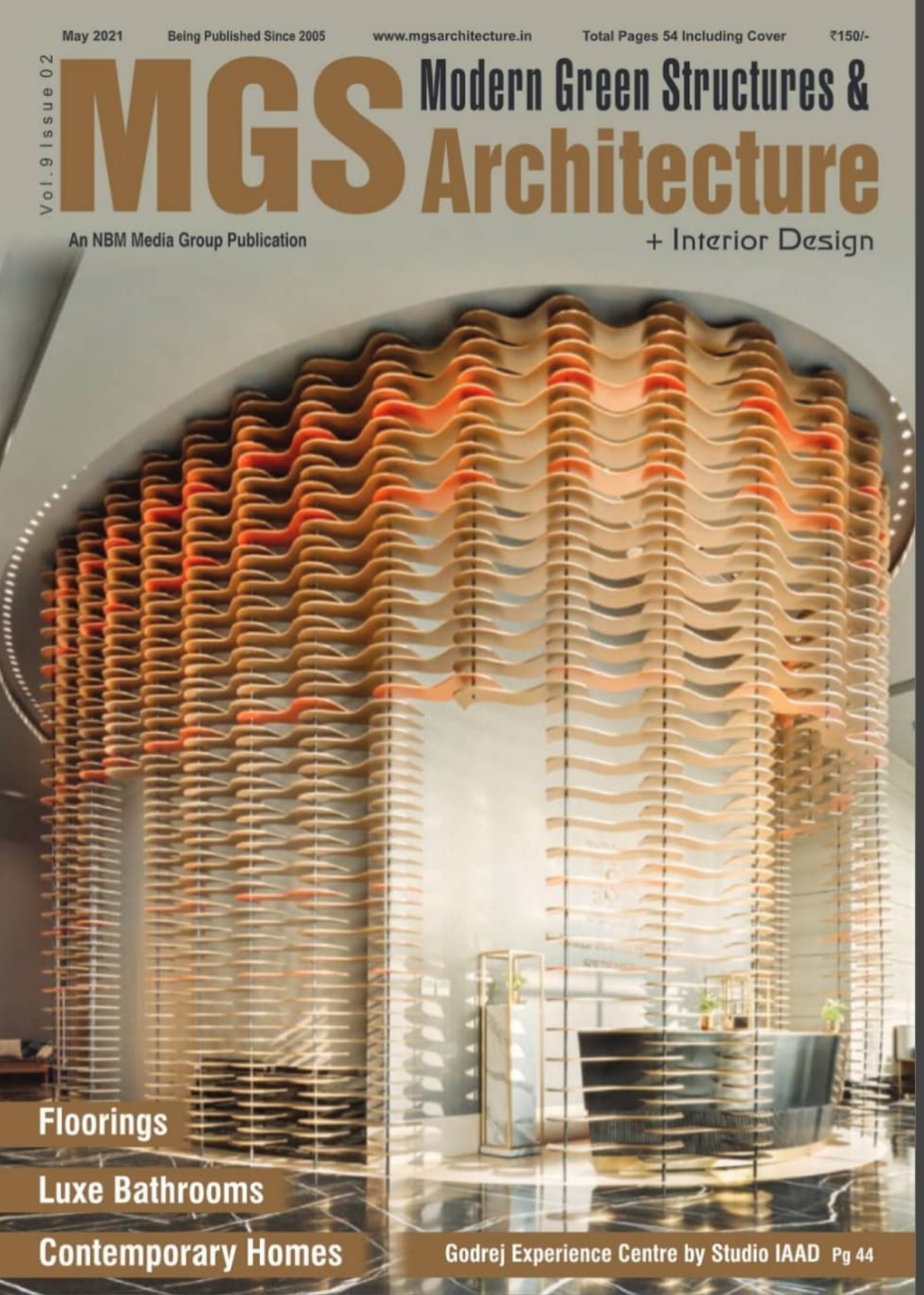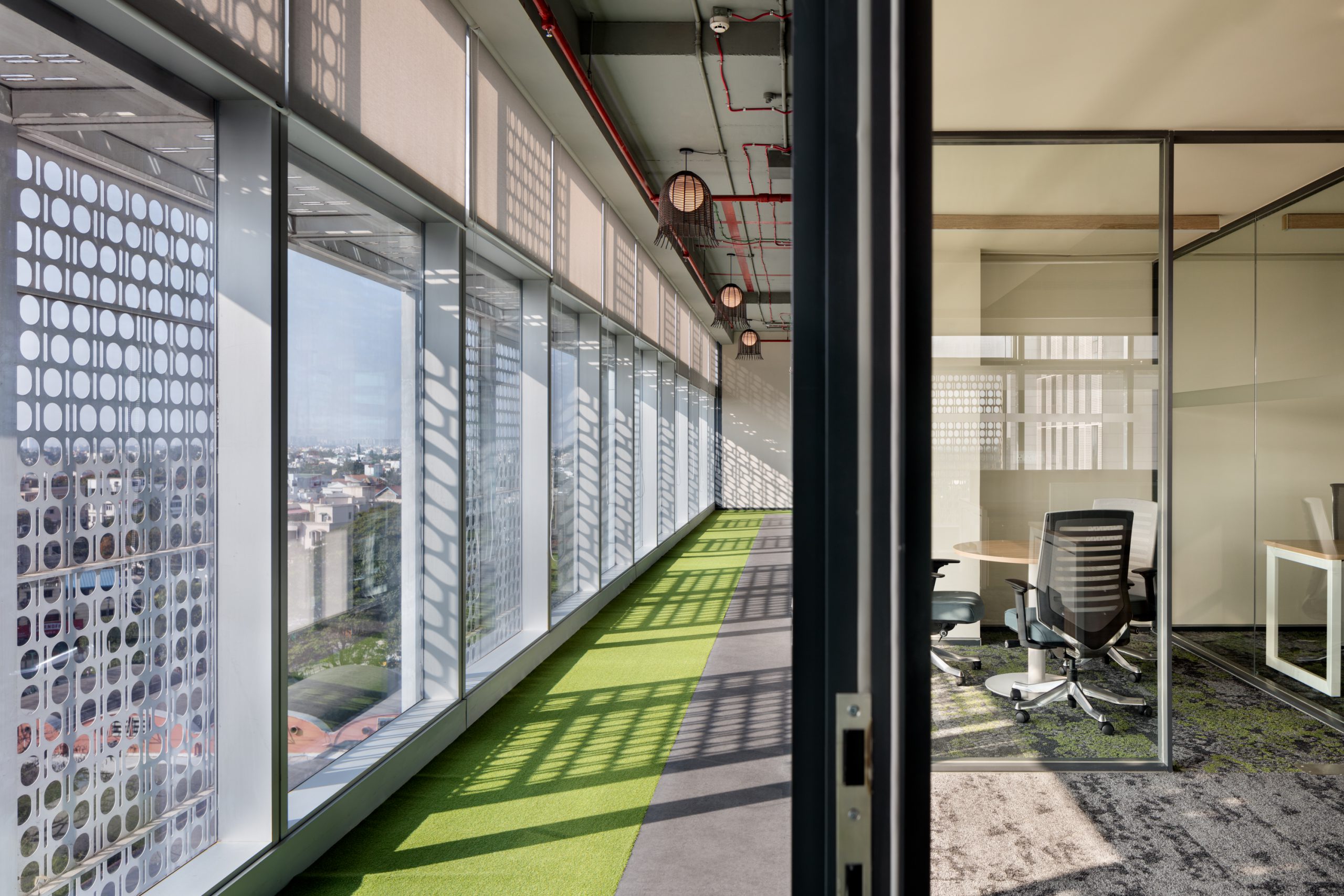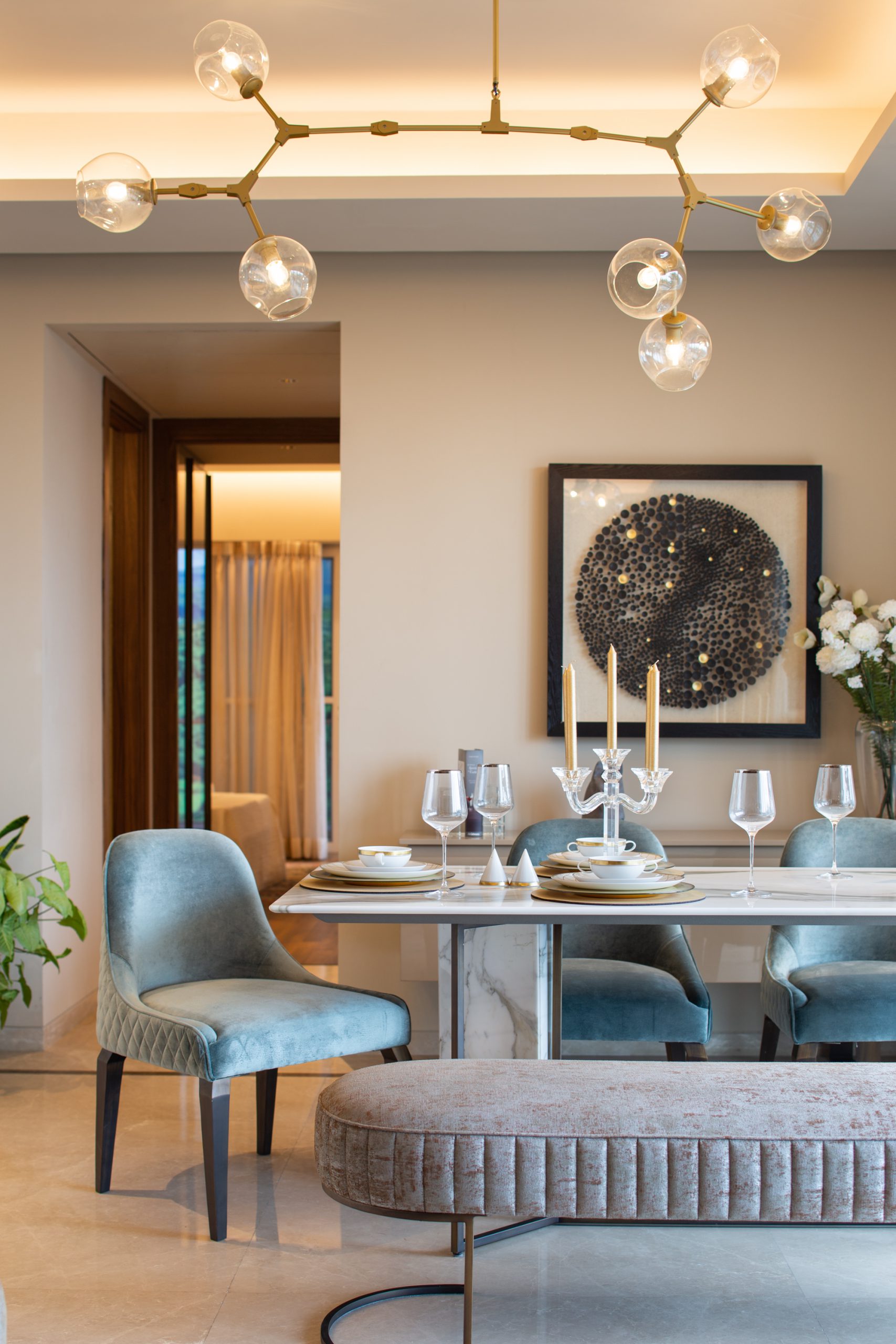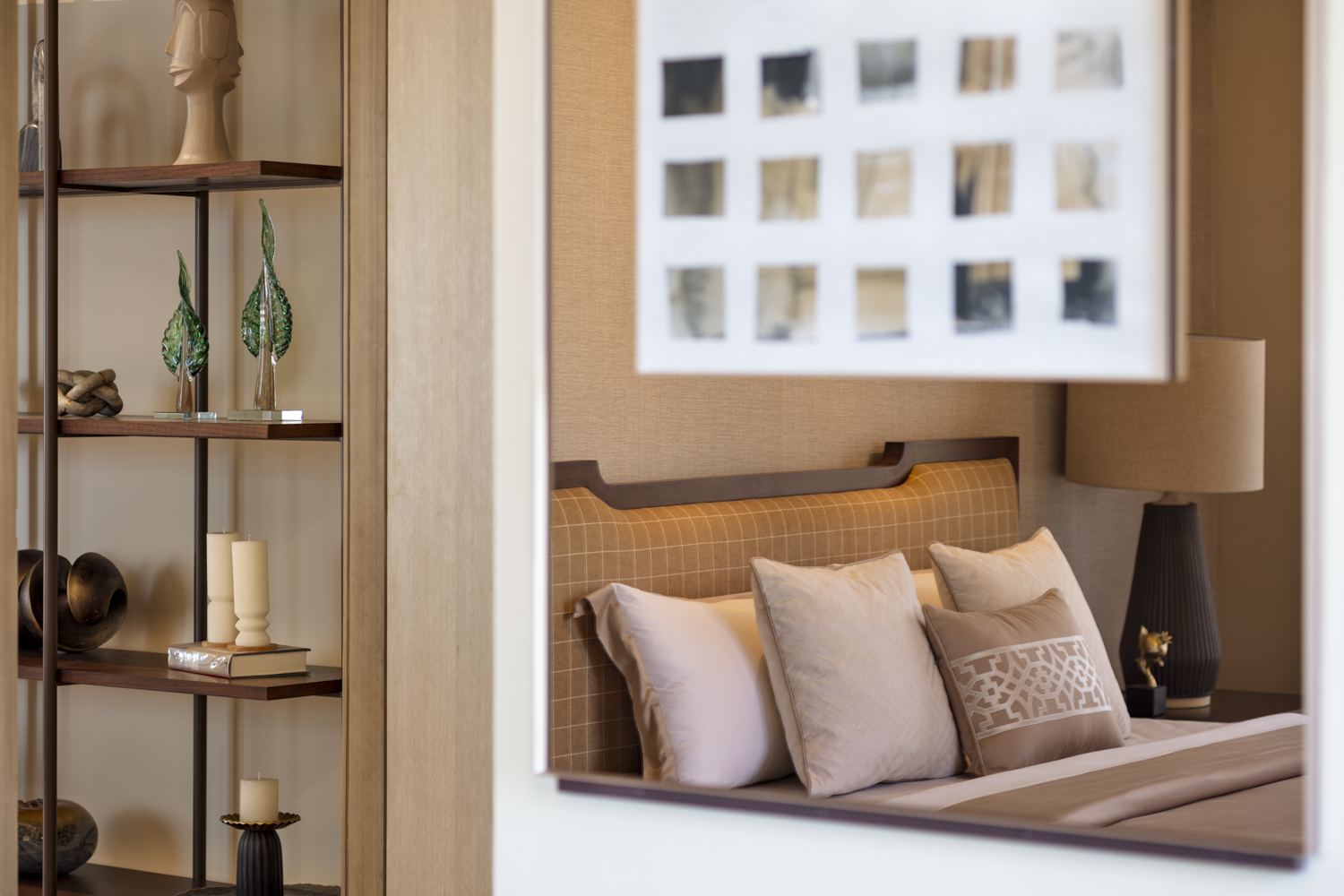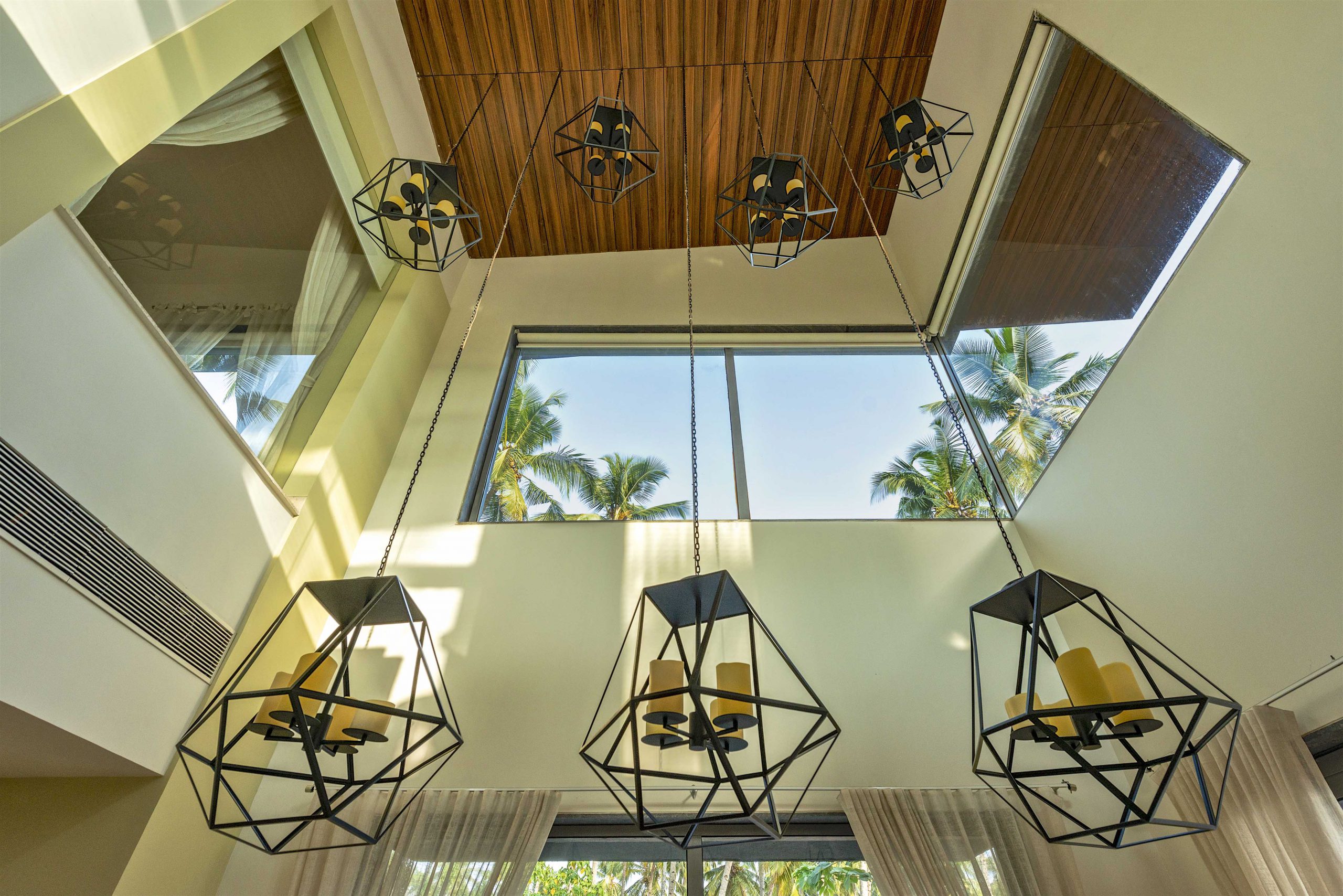
How to create a sense of expanse with versatile glass?
Blog 20
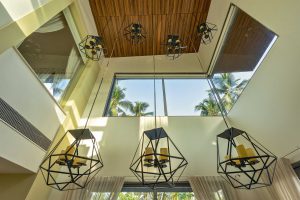
With transparency, one can punctuate additional layers to a design and juxtapose multiple elements within the same space. Nature has always been an inspiration, and we try to bring biophilic elements into the interiors wherever possible. One can create a sense of openness and spatial continuity by using transparent components such as glass to transmit light and visual connectivity. We can connect spaces visually more by embracing transparency as a key concept in contemporary architecture.
Several considerations come into play when planning the aesthetics of a space abundant in transparent elements like glass. First, determine the purpose and function of the space. When we chose glass, it influenced other design choices such as furniture, furnishing, etc.
Next, balance transparency with privacy by strategically placing opaque elements or incorporating frosted glass. Consider the surrounding environment and how natural light interacts with the space, aiming to maximise views and create a harmonious connection with the outdoors. Pay attention to the choice of materials, textures, and colours to create visual interest and prevent a monotonous look. Lastly, consider the interplay of natural and artificial lighting to enhance transparency and create an inviting atmosphere.
Factors to keep in mind:
- Ideally, if you use transparent features such as glass in your furniture, a few factors impact the room and furniture layout.
- You don’t want to keep the furniture so close to the glass wall that there are risks of scratches or marks. But you also want to ensure that the furniture is at a comfortable distance to enjoy the view while providing easy thoroughfare.
- Also, consider the amount of sunlight when installing glass. During the warm summer months, harsh sunlight can lead to discolouration of the upholstery and result in extreme indoor heat.
- Ensure you install blinds or curtains for privacy and control sunlight. Glass quality is essential and provides adequate blocking and support to secure a structure.
When using glass in areas such as the balcony, ensure you put a sturdy safety rail. Consider the lighting conditions and how the transparency will interact with natural and artificial light sources. Lastly, balance transparency with privacy needs, especially in areas like bathrooms or bedrooms, where opacity might be desired.
One can use glass instead of walls to maximise the views in many common areas such as the living room, lounge, etc. When used strategically, it may add to the space’s vertical spatiality and visual expanse. Go ahead and use glass to capture verdant views from indoors on balmy summer days.
